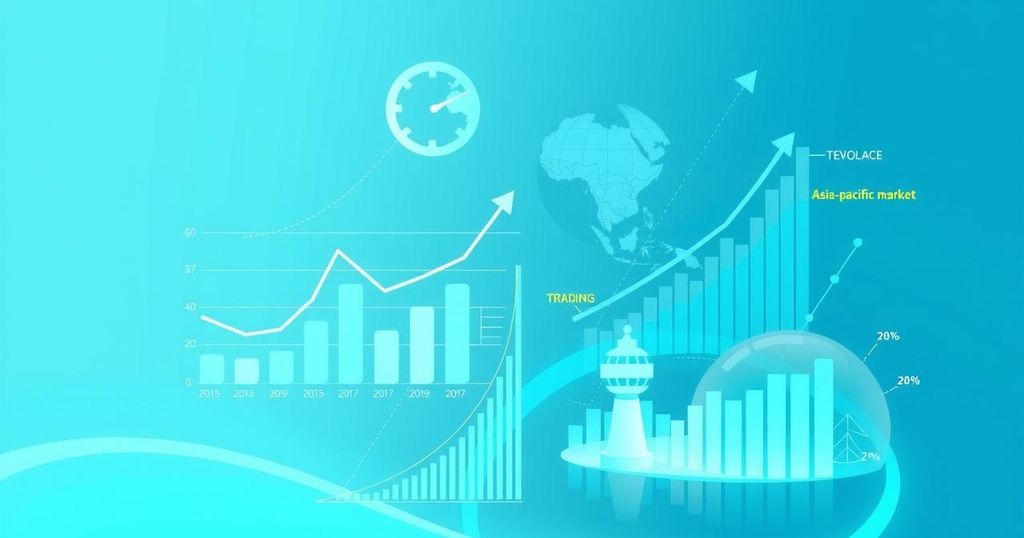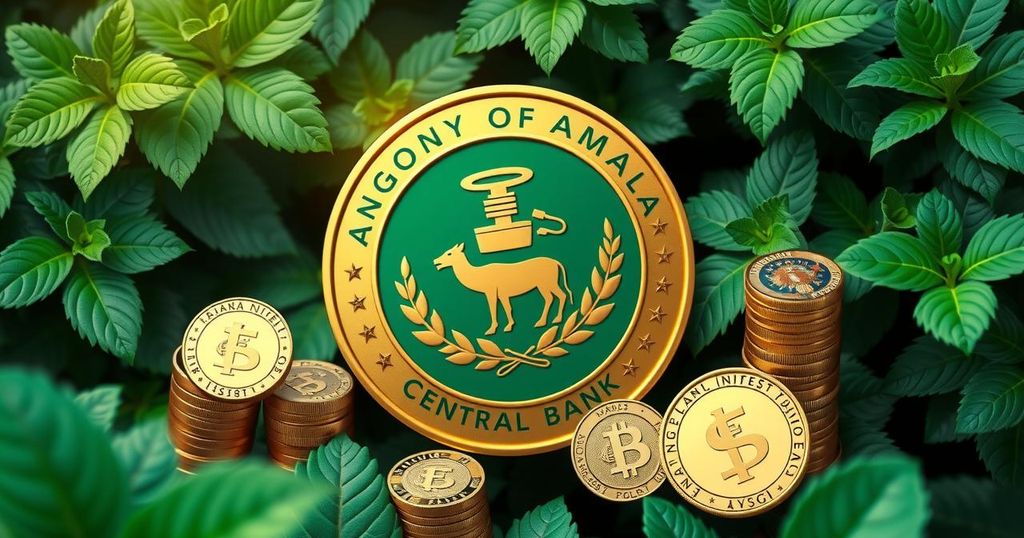Saudi Arabia’s Real Estate Market Growth and Future Challenges
Saudi Arabia’s real estate loans reached SR883.3 billion in 2024, a 15.12% year-on-year growth, driven by retail and corporate demand. Corporate loans rose by 26.23%. The evolving market reflects a shift towards large-scale projects under Vision 2030, while challenges related to affordability persist, prompting need for innovative solutions.
As of the end of 2024, Saudi Arabia’s real estate loans soared to a record SR883.3 billion ($235.54 billion), marking a 15.12% year-on-year increase driven primarily by strong demand from both retail and corporate borrowers, according to official data from the central bank, SAMA. Corporate real estate loans rose by 26.23% to SR202.04 billion, while lending to individuals constituted 77.13% of the total, growing by 12.19% to SR681.24 billion.
Real estate financing represents approximately 30% of the total Saudi bank loans, which reached SR2.96 trillion by the end of 2024. This upward trend indicates increased confidence in the Kingdom’s real estate market, as institutional capital supports the growth of high-end commercial hubs and integrated residential complexes in line with Saudi Arabia’s economic diversification strategy.
Elias Abou Samra, CEO of Rafal Real Estate, remarked, “The market is reaching a high level of sophistication as local and international institutional investors take an overweight position with a medium to long term view.” He emphasized that corporate clients are seizing favorable financing conditions to engage in large-scale, mixed-use projects, contributing to a broader vision of urban development under Vision 2030.
With mega projects like Sports Boulevard and King Salman Park progressing, their initial development phases are attracting substantial global investor interest. Abou Samra noted that many new developers emerged in the post-COVID period (2021-2023), producing low-rise developments primarily funded through off-plan sales with minimal reliance on corporate lending.
As these mixed-use projects unfold, the influx of institutional capital enhances not only the viability of these ventures but also promotes a more stable and diversified real estate market in Saudi Arabia. Abou Samra commented on the integrated value chain established by the Ministry of Housing, which encompasses every stage of real estate development to facilitate property purchases and minimize inefficiencies.
In alignment with this approach, RAFAL has partnered with the National Housing Company to streamline their development strategies, benefiting from efficient financing options and loan origination processes. As a result, RAFAL is positioned to meet the increasing demand for quality residential and mixed-use developments, as evidenced by the quick sale of 3,600 apartments in their latest project, Tilal Khuzam.
The rising demand within the Kingdom’s real estate market brings challenges related to property affordability, as highlighted by the Saudi Report 2025 from Knight Frank. The report indicates that soaring demand is exerting significant price pressure, particularly in major urban centers such as Riyadh and Jeddah, where double-digit price increases have been noted due to rapid urbanization and investments under Vision 2030.
Abou Samra stated, “We are witnessing a decoupling between Riyadh and most other cities,” underscoring that while Riyadh appears overheated with high off-plan sales absorption rates, other regions are still maintaining sustainable price levels. The demand shift towards modern apartment complexes reflects a growing demand from expatriates and a younger Saudi demographic moving into urban areas.
As Saudi Arabia’s economic landscape evolves, interest rates, influenced by U.S. monetary policy, peaked at 6% in July 2023 before three successive cuts reduced the rate to 5% by December 2024. This change is expected to make borrowing more affordable, potentially stimulating demand for real estate financing.
Despite the challenges posed by high interest rates, Abou Samra noted the agility within the real estate sector, with proactive measures from the Ministry of Municipalities and Housing creating alternative funding options. These updates, such as payment installments for land and regulated off-plan sales via escrow accounts, help maintain market affordability amidst rising global inflation and local market conditions.
In summary, Saudi Arabia’s real estate market has demonstrated significant growth, driven by increased demand from both retail and corporate sectors. The evolving landscape reflects a shift towards sophisticated investment strategies and enhanced partnerships with government institutions. However, challenges related to affordability persist, necessitating innovative financing solutions. As the Kingdom continues to attract global investors and modernize its urban hubs, the proactive measures taken by authorities aim to balance growth with accessibility for future residents.
Original Source: www.arabnews.com




Post Comment